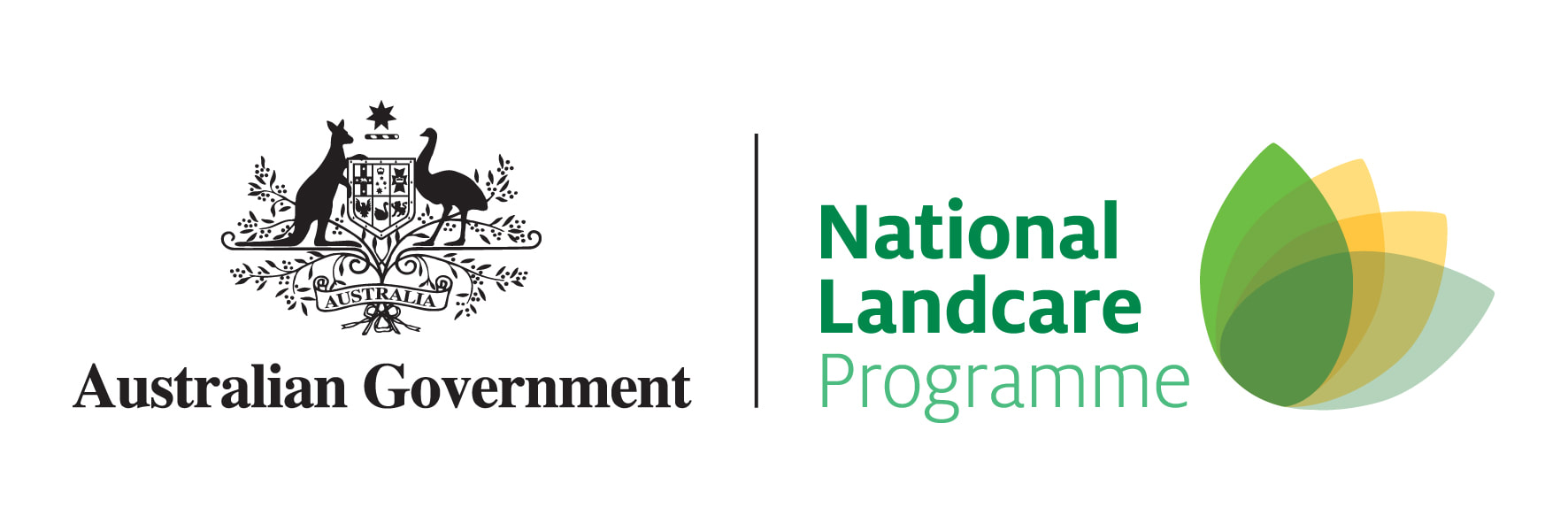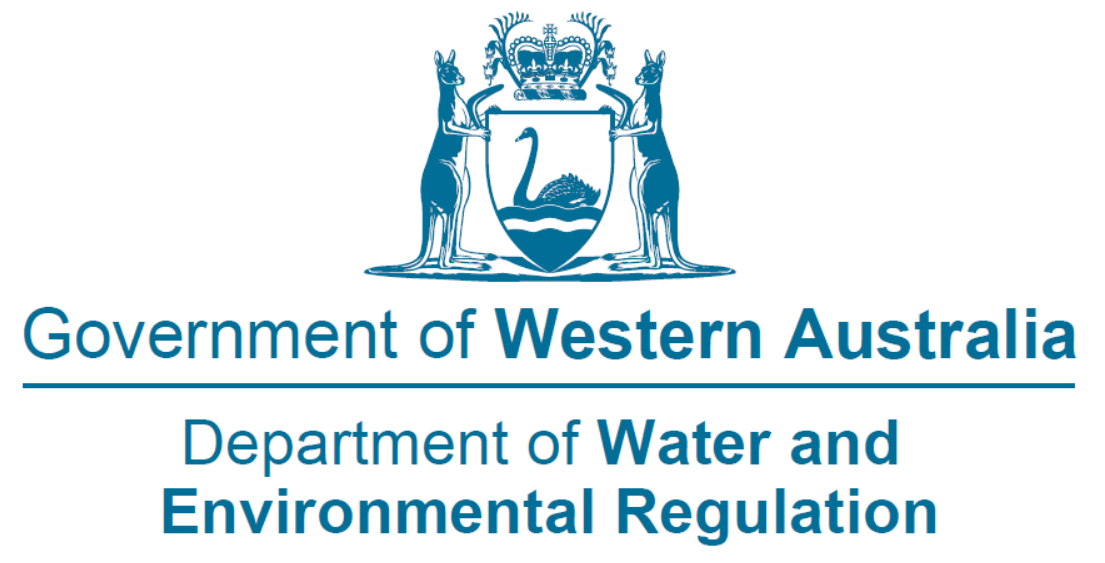If your passionate about sustainable natural resource management or just want to support local community. Every hand helps please contact us and find out more about specific project volunteer opportunities.
Citizen Scientist
Citizen science isn’t a fresh idea it’s been proven over generations. But times have changed. Cell phones are equipped with high-resolution cameras. Low-cost sensors and GPS are readily available. And the internet sits at our fingertips in an increasingly interconnected world. These technologies have widened the boundaries and increased the value of citizen science in the 21st century.
> We live in a biodiversity hotspot with some flora and fauna not found anywhere else in the world.
Help us record what is here and in what abundance when your next on a walk or looking outside the window here https://www.inaturalist.org/projects/biodiversity-of-oyster-harbour-catchment
Share this amazing platform by downloading and sharing this inaturalist brochure here: inaturalist_brochure.pdf
>Help staff from the Department of Biodiversity, Conservation and Attraction's (DBCA) South Coast Region work, Birdlife Australia, the Gilbert’s Potoroo Action Group (GPAG) and the Friends of the Western Ground Parrot (FWGP) analyze the terabytes of data that produced by the 130 camera traps across the region, https://www.zooniverse.org/projects/abbsta/south-coast-threatened-fauna-recovery-project
Helping identify the animals seen on these cameras helps with the conservation monitoring, management and recovery of a suite of unique threatened fauna, including two critically endangered species, the Gilbert’s potoroo or Ngilgyte (Potorous gilbertii) and the western ground parrot or Kyloring (Pezoporus flaviventris). Numerous other threatened and common species benefit from this work, including the western ringtail possum (Pseudocheirus occidentalis), noisy scrub-bird (Atrichornis clamosus), western bristlebird (Dasyornis longirostris), western whipbird (Psophodes nigrogularis) and quokka (Setonix brachyurus)
> We live in a biodiversity hotspot with some flora and fauna not found anywhere else in the world.
Help us record what is here and in what abundance when your next on a walk or looking outside the window here https://www.inaturalist.org/projects/biodiversity-of-oyster-harbour-catchment
Share this amazing platform by downloading and sharing this inaturalist brochure here: inaturalist_brochure.pdf
>Help staff from the Department of Biodiversity, Conservation and Attraction's (DBCA) South Coast Region work, Birdlife Australia, the Gilbert’s Potoroo Action Group (GPAG) and the Friends of the Western Ground Parrot (FWGP) analyze the terabytes of data that produced by the 130 camera traps across the region, https://www.zooniverse.org/projects/abbsta/south-coast-threatened-fauna-recovery-project
Helping identify the animals seen on these cameras helps with the conservation monitoring, management and recovery of a suite of unique threatened fauna, including two critically endangered species, the Gilbert’s potoroo or Ngilgyte (Potorous gilbertii) and the western ground parrot or Kyloring (Pezoporus flaviventris). Numerous other threatened and common species benefit from this work, including the western ringtail possum (Pseudocheirus occidentalis), noisy scrub-bird (Atrichornis clamosus), western bristlebird (Dasyornis longirostris), western whipbird (Psophodes nigrogularis) and quokka (Setonix brachyurus)
Participate in our projects and events
>Help us record what is here and in what abundance when your next on a walk or looking outside the window here https://www.inaturalist.org/projects/biodiversity-of-oyster-harbour-catchment
Share this amazing platform by downloading and sharing this inaturalist brochure here: inaturalist_brochure.pdf
>RSVP to the Great Southern Bioblitz 24th to 27th Nov
>Djeran Annual Possum Tally
>Sign up to our events mailing list
>Become a member to be notified about volunteer days
> Report threats
- MyPestGuide™ Reporter allows users to send reports of any organism to DPIRD and includes location information, descriptive text and up to 4 photos. Users can choose to share and view their reported observations on the community map. Once a report is received, a DPIRD expert identifies the pest. A response is sent back to your device as well as to you by email. Individual reports can be viewed by the shared community and all personal information is kept confidential. The app is suitable for reporting a wide range of organisms...so it's the best tool to use if you're not sure of what you're looking at!
- Feralscan: Record pest animal activity in your local area to protect farms, biodiversity and communities
- Or email report to us
Contribute to research projects
Help us go through nature camera imageries https://digivol-test.ala.org.au/wildlife-spotter
An example of this is by helping scientists and planners better understand, utilise, manage and conserve biodiversity. They can use data extracted from museum specimen labels and field note books for many uses, including:
- Understanding the relationships between species (important in determining potential agricultural pests or potential medical applications);
- The distribution of species (for understanding how best to conserve individual species or ecosystems);
- Identification of species from morphological or genetic characters (for example being able to identify birds involved in aircraft incidents).
Determining the impacts of grazing oestrogenic clovers on cattle fertility survey
We have been approached by a UWA/Bovitech Veterinary Services/DPIRD research team who is conducting a survey as part of a research project entitled ““Determining the impacts of grazing oestrogenic clovers on cattle fertility”.
We are seeking information from producers involved in cattle production (dairy or meat, combined with other livestock or not). The questionnaire is available online and will take about 20-30 min to complete. You will find a participant information form and a participant consent form attached to this email.
If you wish to complete the survey, the link to the survey website is:
https://uwa.qualtrics.com/jfe/form/SV_9RK2IQUxmtsfiSy
If you would like any more information on this research, please contact the research team
Dr Jessica Shilling on 04 1310 7113 or at [email protected]
Dr Kevin Foster on 04 2777 8003 or at [email protected]
Assoc/Prof Dominique Blache on 6488 6370 or at [email protected]
Western Ringtail Possum tissue sample survey
As part of a Masters project at the University of Western Australia, we are seeking tissue samples from deceased Western Ringtail Possums (Pseudocheirus occidentalis) to help us understand the impacts of climate change on this Critically Endangered species.
We are asking anyone who encounters a deceased Western Ringtail Possum. Record the location of the specimen - ideally GPS coordinates or a detailed description and photograph of the location. Collect the possum or a sample (scan the QR code for recommended guidelines on size and where to sample from) and freeze it (at least -20°C). Contact GRACE MARSH at 22711952@student.uwa.edu.au, or call/leave a message at 0413 068 928 so I can arrange sample collection. Also please contact me if you require further details or would like to know more about the project!
Cocky Watch Road Survey
CockyWatch road surveys are a citizen science initiative that will help us find out more about the black cockatoos of the South West. These birds are threatened at both a state and national level, but there are no robust estimates of their population size – a real problem for cockatoo researchers – but with CockyWatch, you can help expand our knowledge about these charismatic birds.
Anybody in Western Australia’s South West can participate in CockyWatch, anywhere from north of Kalbarri to the east of Esperance. All you need to do is be in transit – if your drive is longer than 20 kilometres, or you’re walking/cycling for at least 2 kilometres, you can conduct a CockyWatch survey.
The information gathered through CockyWatch will help to find out how the abundance of black cockatoos changes across different habitats, different regions, and from year to year. In the long term, we hope to get enough information to estimate minimum population sizes for all three species of black cockatoo across the South West.
See: https://birdlife.org.au/events/cockywatch/
For Children.
- View the Biosecurity Lessons developed for Years 4-6 in the national curriculum.
- View the Biodiversity Lesson plan developed for Years 4-6 in the national curriculum.
- View the School Challenge concept developed for schools and communities to join forces.
- Check out the QuestaGame for Schools if you are interested in organising your own school to school competition outside the blitz period.
We acknowledge the Minang and Koreng people as the traditional custodians of the land on which we work and live. We pay our respects to the Elders, past, present, and emerging and to the wider Noongar community.
Sponsors and Supporters












